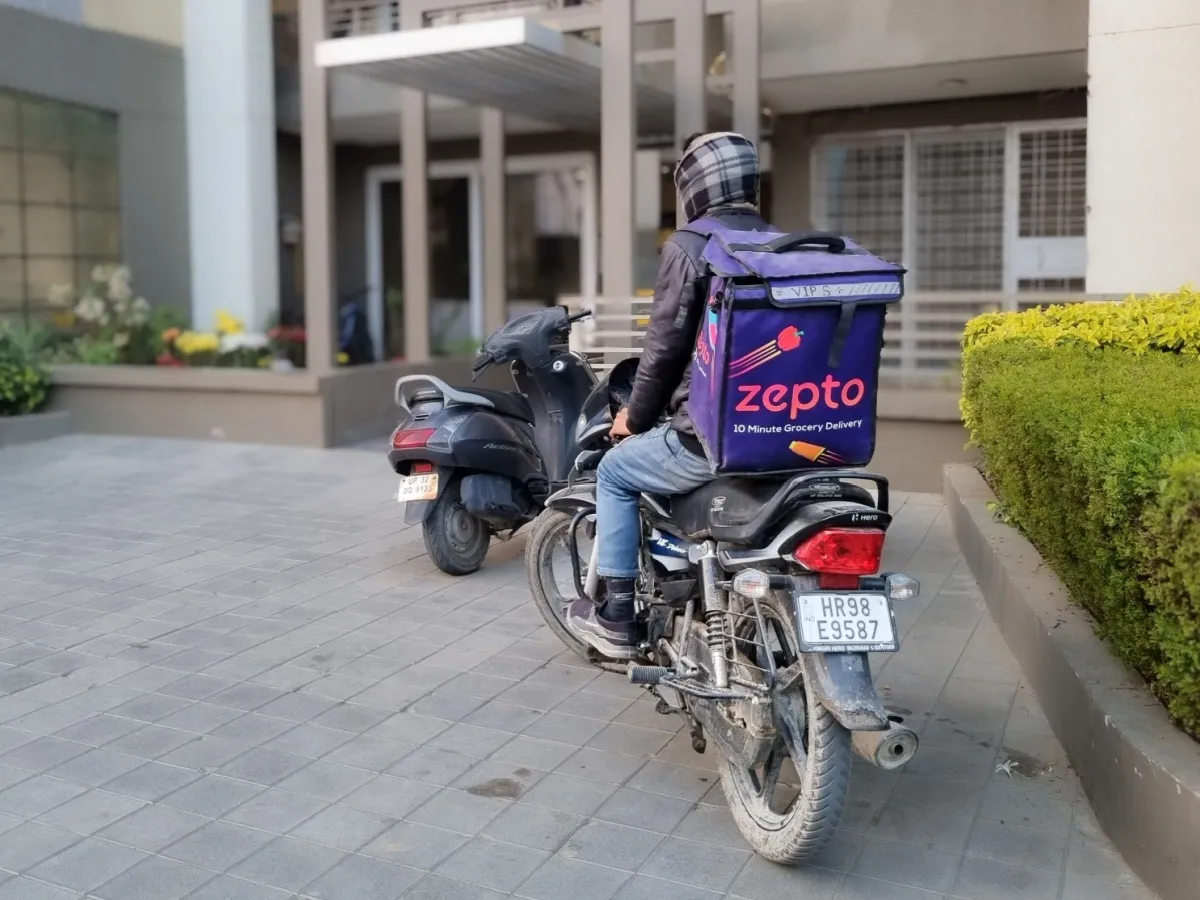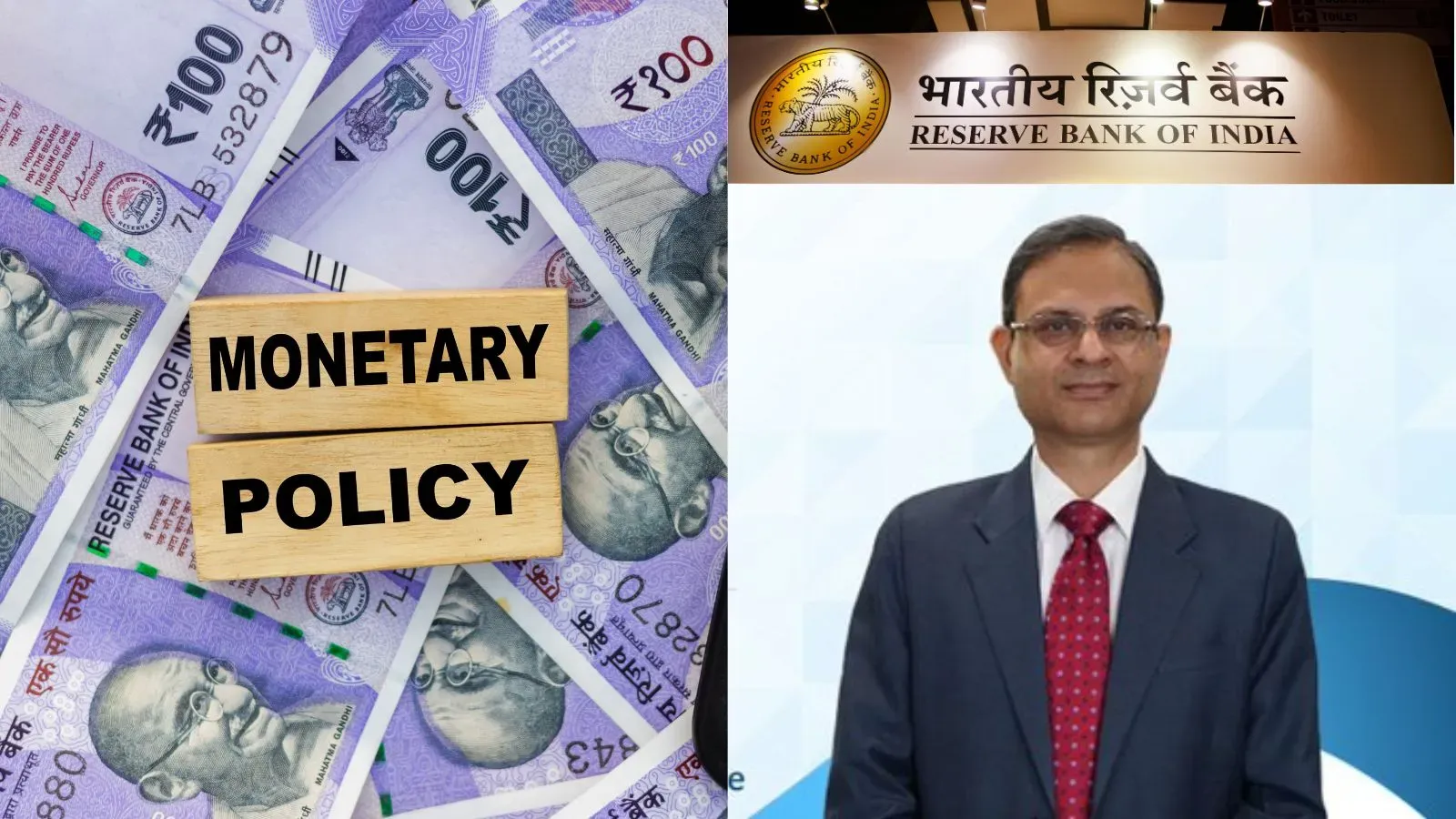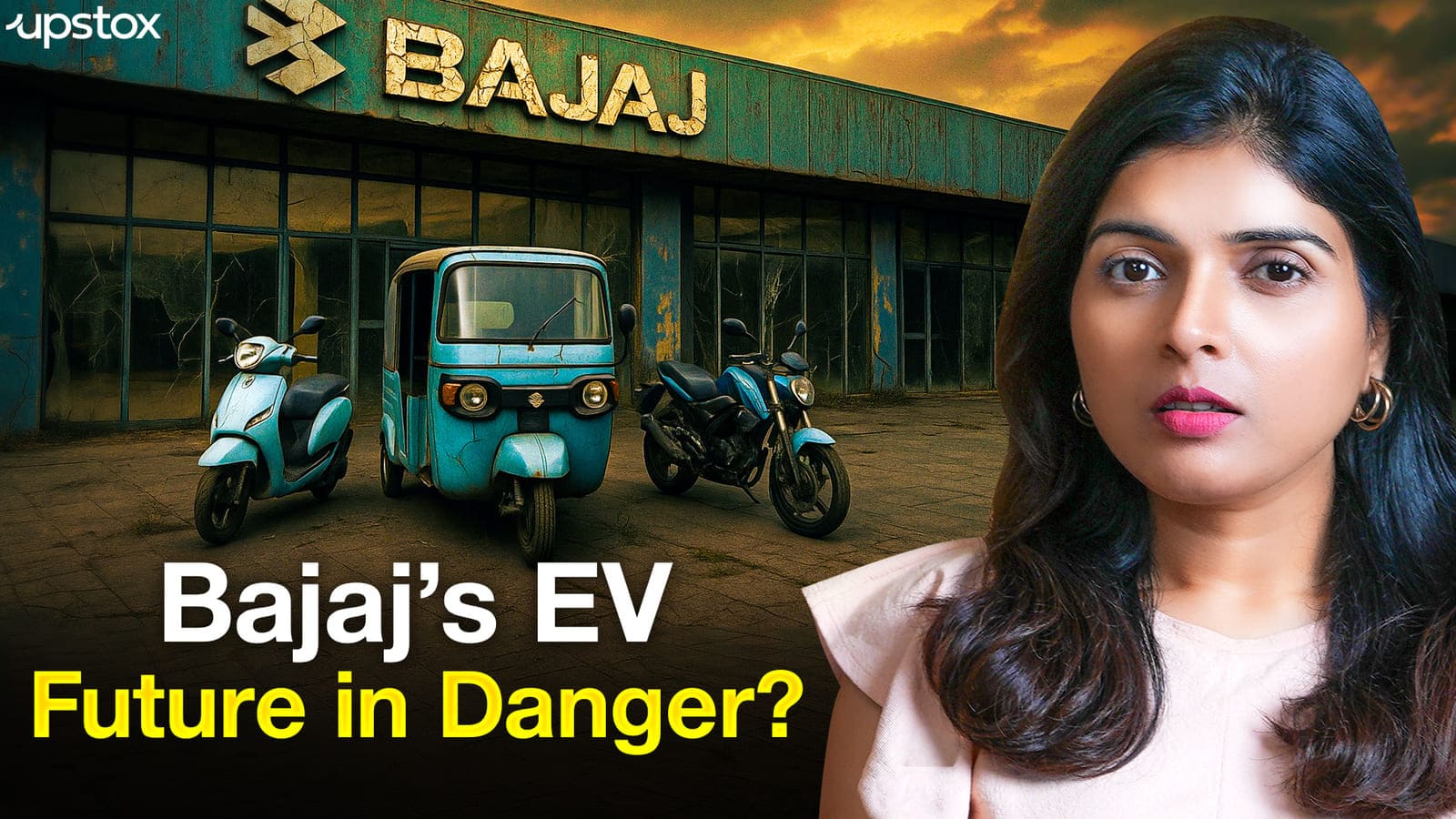Business News
India's Q-commerce market to cross ₹2 lakh crore mark by 2028, fee income to triple: Care Edge report
.png)
3 min read | Updated on July 09, 2025, 15:10 IST
SUMMARY
India’s quick commerce sector is considered to be one of the sunrise sectors in the Indian economy. The quick commerce sector has seen a robust increase in business due to wide adoption across metro and tier 2, and 3 cities. The companies are planning robust expansions in tier 2 and 3 cities as increased digital penetration in rural India provides ample opportunities for the quick commerce platforms.

India's quick commerce industry's fee income is set to grow at 26-27% CAGR by 2028. Image source: Shutterstock.
India’s quick commerce sector is poised for strong growth in the next three years. According to Care Edge Analytics and Advisory, India’s quick commerce market is set to triple by 2028. The quick commerce market is estimated to have reached ₹64,000 crore in FY25, growing at a rate of 142% CAGR.
The report highlights that the market is slated to grow at high double digits in the next three years on the back of rising adoption in tier 2 & 3 cities. In addition, changing consumer preferences across the income levels are expected to remain a key trigger for future growth.
The gross order value (GOV), a key metric of the quick commerce industry, has touched the mark of ₹64,000 crore in FY25 and is expected to cross the ₹2,00,000 crore mark by FY28. Consequently, the fee income generated by the quick commerce platforms has outpaced the growth rate of gross order value in a similar period. According to the report, the revenue generated by fee income has grown from ₹452 crore in FY22 to ₹10,500 crore in FY25 at 186% CAGR in the FY22-25 period. In the next three years, the fee income is expected to touch ₹34,500 crore by FY28, growing at 26-27% CAGR.
Also, with an increase in disposable income, there has been a gradual change in consumer spending behaviour as well. Per capita Private Final Consumption Expenditure (PFCE), which is a measure of consumer spending, has also showcased significant growth from FY15 to FY25 at a CAGR of 9.68%. Rising disposable income and higher spending capacity is likely to fuel the growth of Q-commerce.
Dark stores, which remain the backbone of the quick commerce industry, have seen massive growth in FY25. Dark stores in FY25 have increased at a rate of 48% CAGR from 1400 in FY23 to 3072 in FY25. The average revenue per store has also increased at 31% CAGR from ₹12 crore to ₹21 crore in FY25.
Going forward, deeper penetration in Tier 2 & 3 cities, and tech-led innovations will likely define the next phase of India’s Q-commerce landscape,” says Tanvi Shah, Senior Director & Head, CareEdge Advisory & Research.
In addition, speaking on the growth of the quick commerce market, Amir Shaikh, Assistant Director, CareEdge Advisory & Research, said, “Q-commerce industry is still just around 1% of India’s massive grocery market, but that’s exactly what makes it exciting. As more consumers embrace the speed and convenience it offers, Q-commerce is set to grow rapidly, even if the broader grocery market growth remains flat.”
By signing up you agree to Upstox’s Terms & Conditions
About The Author
Next Story

